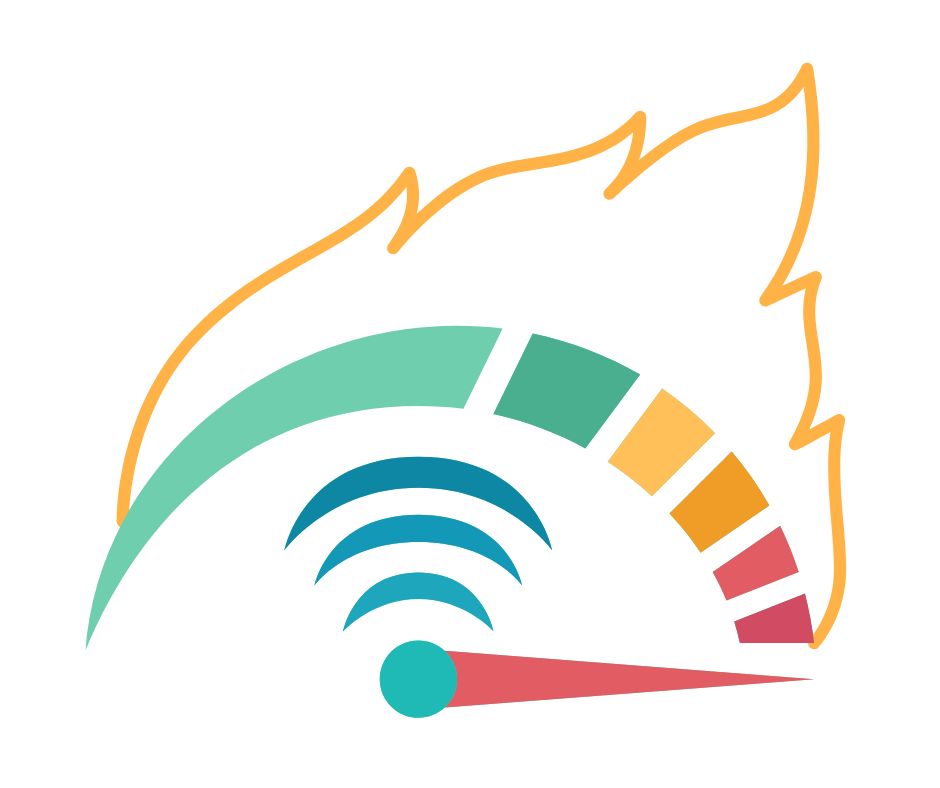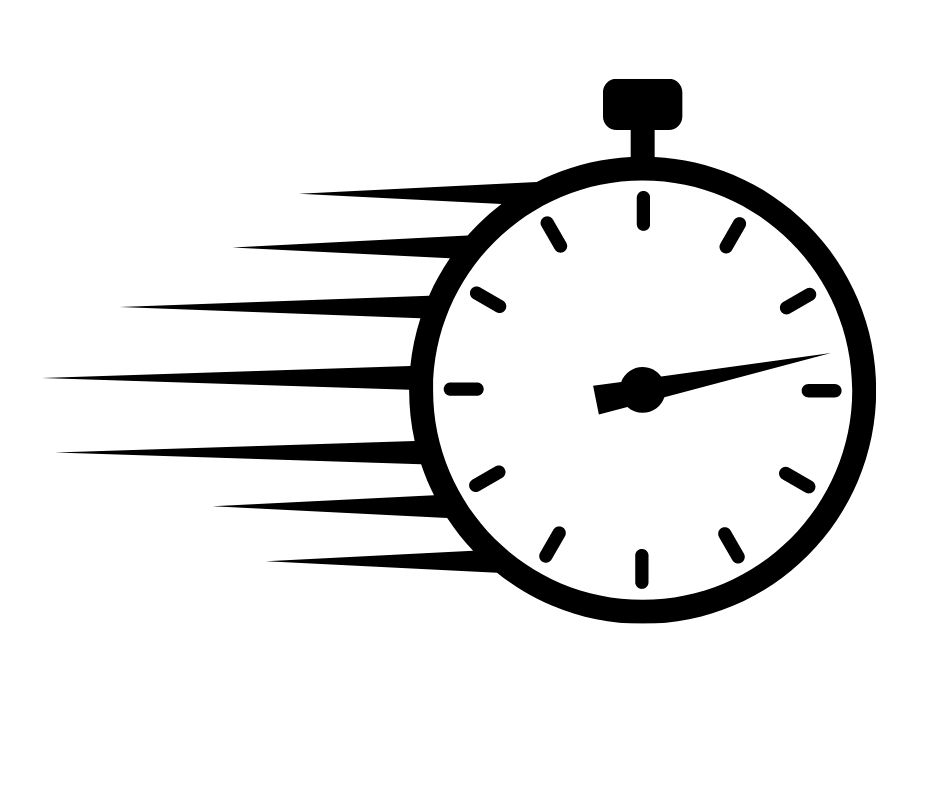Website Maintenance Services
Whether you’re an eCommerce business generating significant daily revenue or a B2B company relying on your website for inbound leads, proper website maintenance is essential. It ensures security, minimizes downtime, and supports the updates needed for business growth.
Website maintenance goes beyond security and availability; it’s about keeping your site dynamic. From posting new content to making technical enhancements for faster loading times, your website is a living entity.
If your site relies on custom functionality driven by plugins, maintenance becomes even more critical. Whether hard-coded or plugin-dependent, it must function flawlessly 24/7 to maximize conversions.
Site Speed Improvements

Need a development team to audit your website and provide actionable insights for boosting site speed and user experience? AreefDesign has you covered. We’ll ensure your site excels in Google’s latest speed requirement tests.
Improve Security

With a deep focus on eCommerce, AreefDesign’s expertise in website security is unparalleled. From implementing HTTPS protocols to ensuring PCI and other regulatory compliance, AreefDesign knows how to keep your website secure.
Minimize Downtime

With AreefDesign’s website maintenance services, you’ll prevent costly downtime and keep your site running smoothly 24/7. When every second counts, trust AreefDesign to keep your website online and operational.
FAQs
What Maintenance Is Required for a Website?
Maintaining a website involves a range of tasks that keep it running smoothly and securely. Regular updates to the site’s software, including the content management system (CMS), plugins, and themes, are essential to prevent vulnerabilities and ensure compatibility with the latest web standards. Additionally, you should routinely back up your site to protect against data loss and check for broken links or outdated content that could affect user experience and SEO.
Beyond the technical aspects, website maintenance also includes monitoring site performance, such as loading speed and server uptime, to ensure optimal user experience. Keeping your website’s content fresh and relevant is another crucial part of maintenance. Regularly updating blog posts, adding new products, or refreshing visuals can help maintain user engagement and improve search engine rankings.
How Do You Handle Website Maintenance?
Handling website maintenance effectively requires a proactive approach and a clear plan. Many businesses opt for a monthly or quarterly maintenance schedule, where routine checks and updates are performed. This can include updating software, optimizing databases, and scanning for security issues. It’s also important to monitor website analytics to identify any potential problems early, such as unusual traffic drops or slow load times, and address them promptly.
In addition to regular maintenance, having a reliable support system in place is key. Whether you manage the site in-house or outsource to a professional service, quick response times to any issues that arise can prevent minor problems from escalating into major disruptions. Keeping a detailed log of all maintenance activities helps track what changes have been made and ensures consistency in your maintenance practices.
How Do I Check Website Maintenance?
Checking website maintenance involves reviewing several key areas to ensure everything is functioning as it should. Start by testing the site’s loading speed, which can be done using tools like Google PageSpeed Insights or GTmetrix. Slow loading times can indicate the need for optimization, such as compressing images or cleaning up unnecessary code. Additionally, checking for broken links or outdated content is essential for maintaining a positive user experience.
Another critical aspect is security. Regularly scan your website for vulnerabilities or malware using security plugins or dedicated tools. You should also review your website’s analytics to monitor traffic patterns and identify any sudden changes that could signal an issue. Keeping an eye on these factors will help you maintain a healthy, well-functioning website.
How Do I Fix a Website Under Maintenance?
Fixing a website that is under maintenance often starts with identifying the root cause of the issue. If the site is down due to a planned update, make sure all software, plugins, and themes are compatible with the latest versions and that backups are in place before proceeding. If the site is unexpectedly down, check your server status, review any recent changes, and troubleshoot common issues such as database connection errors or plugin conflicts.
Once the issue is identified, take the necessary steps to resolve it, whether it’s rolling back to a previous backup, updating software, or fixing coding errors. Communicating with your audience during this time is crucial; a well-designed maintenance page can inform visitors of the temporary downtime and provide an estimated time for when the site will be back online. This helps maintain trust and reduces frustration among users.
What Happens If a Website Is Not Maintained?
If a website is not maintained, it can quickly become outdated, insecure, and less effective in achieving its goals. Without regular updates, the site’s software and plugins may develop vulnerabilities that hackers can exploit, leading to security breaches and potential data loss. Additionally, a lack of maintenance can result in broken links, slow loading times, and a poor user experience, which can drive visitors away and negatively impact your search engine rankings.
Over time, neglecting website maintenance can also lead to compatibility issues as web standards evolve. Browsers and devices constantly update, and a site that isn’t maintained may not display correctly on newer platforms. This can result in lost traffic and a damaged reputation as users encounter frustrating errors or outdated content. Regular maintenance is essential to keeping your website functional, secure, and relevant.
How Long Is Website Maintenance?
The duration of website maintenance can vary depending on the tasks being performed. Routine maintenance, such as updating plugins or scanning for security issues, may only take a few minutes to an hour. More extensive tasks, like optimizing the database, fixing bugs, or implementing new features, can take several hours or even days, depending on the complexity of the changes.
Planned maintenance, which may involve server upgrades or major software updates, is usually scheduled during off-peak hours to minimize disruption to users. These maintenance sessions are often communicated in advance to inform visitors of the temporary downtime. The key to minimizing the time required for maintenance is regular upkeep and proactive management, which helps prevent small issues from escalating into larger problems.
What Happens When a Website Is Under Maintenance?
When a website is under maintenance, it may be temporarily inaccessible to visitors. Typically, a maintenance page is displayed, informing users that the site is down for scheduled updates and providing an estimated time of completion. This helps manage user expectations and reduces frustration. During this period, the website’s administrators may be performing various tasks such as software updates, security patches, content updates, or server optimizations.
Behind the scenes, the site’s files and databases may be backed up, new features might be implemented, or existing issues could be resolved. Once the maintenance tasks are completed, the site is brought back online, often with improved performance, enhanced security, or updated content. Proper communication and planning are essential to minimize the impact of maintenance on the user experience.
How Long Can Website Maintenance Take?
The duration of website maintenance can range from a few minutes to several hours, depending on the complexity of the tasks involved. Routine maintenance, such as updating software or plugins, is typically completed quickly, often within an hour. However, more complex tasks like server migrations, database optimizations, or large-scale design changes can take several hours or even days to complete, especially if unexpected issues arise.
It’s important to plan maintenance during times when website traffic is low to minimize disruption. Providing users with a clear timeline and updates during the maintenance process helps manage expectations and maintains trust. The key is to be thorough while working efficiently to bring the site back online as quickly as possible.
